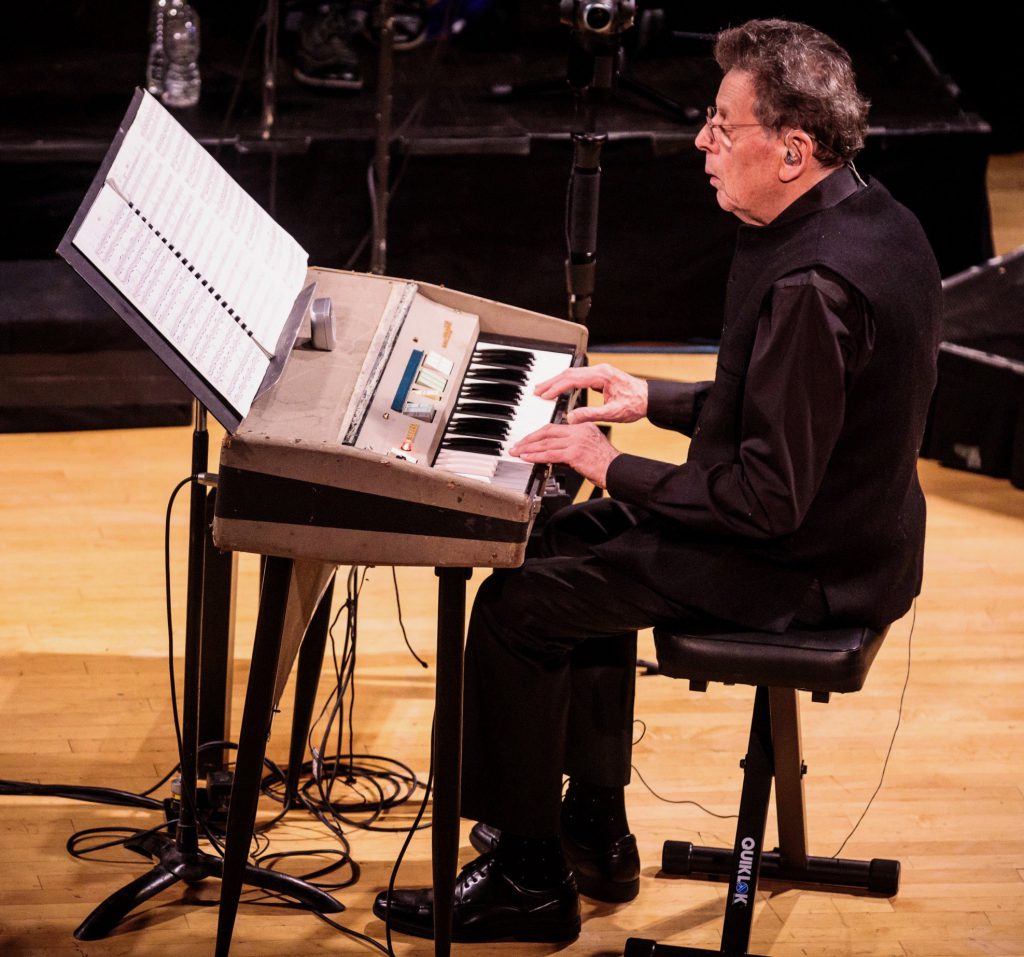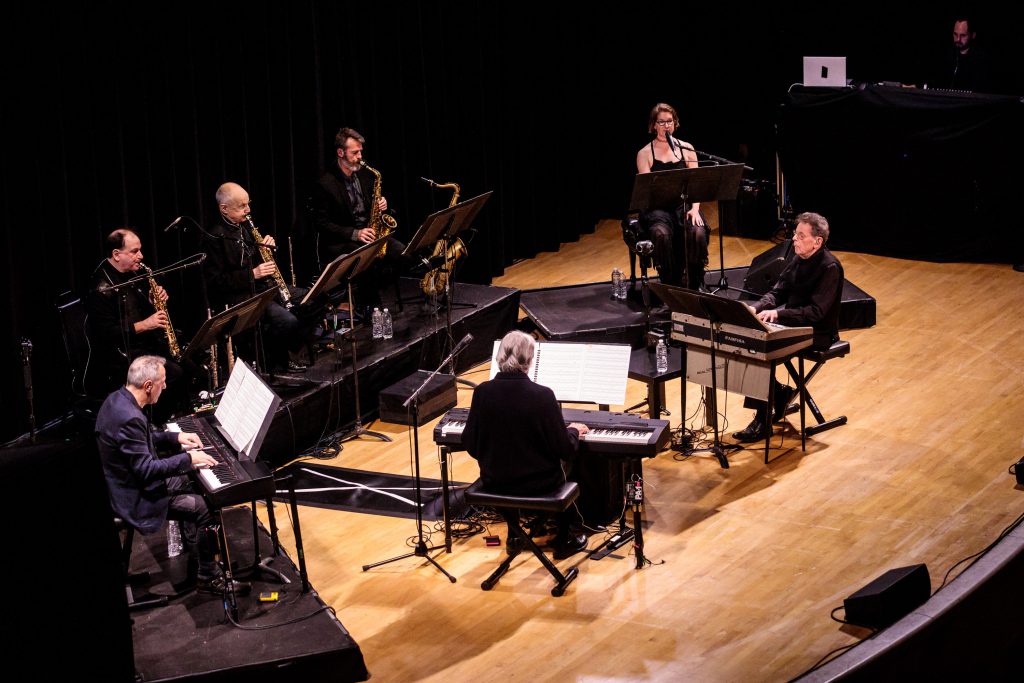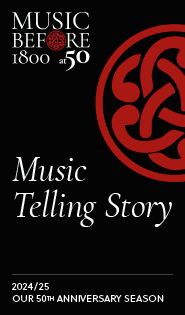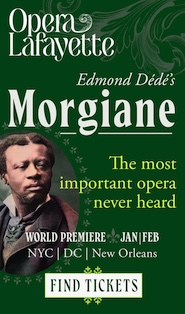Philip Glass Ensemble revisits an epic with “Music in Twelve Parts”

Philip Glass and his eponymous Ensemble performed “Music in Twelve Parts” Saturday at Town Hall. Photo: Sachyn Mital
Philip Glass is 81 and, inevitably, his performances with his own ensemble have a somewhat valedictory air. Even celebrations, like Saturday night’s Town Hall concert of Music in Twelve Parts, make one wonder about the future of his early masterpieces.
Because his music was new and unusual at the time, Glass formed the Philip Glass Ensemble to realize pieces like Twelve Parts, Glassworks, and of course Einstein on the Beach. Steve Reich, facing the same necessity, took the same course. And while both composers have gone on to write music for other ensembles, only Reich’s early masterpieces, like Drumming and Music for 18 Musicians, have moved into the standard repertoire.
Some of Glass’s smaller works, like Music in Contrary Motion and Piece in the Shape of a Square, have been picked up by other groups, but what will happen to Music in Twelve Parts after Glass and his music director Michael Riesman are no longer in the scene?
The question matters, because like Music for 18 Musicians, Twelve Parts (even more than Einstein) is a culmination and apotheosis of all the composer’s creative explorations that came before it. And as a source of material for Einstein, the music marks the point between an early period and the further advances to come.
Glass has been so prolific, and his music in this decade has been so expansive and imaginative, that Saturday’s concert served as a timely refresher of his avant-garde roots. Premiered at Town Hall in 1974, Music in Twelve Parts sounded youthful and radical on Saturday, even after more than four decades of the musical world catching up to and incorporating Glass’s style and ideas. Adding a nice sense of retro-tech unity, the composer performed with the same Farfisa instrument on which he premiered the work 44 years ago.
The absolute concentration of Glass’s technique, close to four hours of counterpoint and the most basic compositional ideas of expansion and diminution, of working out permutations of core material, is still an exemplar of how to make ancient values modern.
The beauty of Glass’s music has made fans of many who otherwise would never attend a classical event, and witnessing any performance by his ensemble, especially of Music in Twelve Parts, presents one with the classical rigor of his composing. This is difficult music to play, not only because of the endurance the musicians need, but the constant concentration, attention to detail, and relaxed, fluid instrumental technique.

Photo by Sachyn Mital
Each Part is extensive, complex, and the musicians have to know where they are at every moment, not least because many lines are doubled. So that, for example, vocalist Lisa Bielawa could rest for a couple bars because woodwind player Andrew Sturman was playing the same phrase. And things can go wrong, and in this piece one should expect that. At the very start, in the mellifluous, Monet-like waves of Part 1, the Ensemble lost the downbeat almost immediately—Riesman tried to cue everyone back together, as did Glass, who reorganized the music at the entry of the three note, falling-rising theme.
Other than that, the performance was full of focus and forward motion, with Glass, Riesman, and Bielawa leading the way. The concert was structured with a short intermission between the first six and last six parts, and a dinner break in the middle. That break brought out an ever greater strength and calm in the ensemble; it also provided enough time and to solve the evenings main problem, which was the live sound mix by Dan Bora.
Throughout the first half, woodwind parts in the upper register bounced into the red, and the overall texture was flat, brittle, and overly bright, except for Bielawa—there was so much artificial reverb on her voice that it separated her from the rest of the group, absolutely contrary to Glass’ aesthetic of keeping all the lines at the same level of prominence.
That mix was better by a magnitude after dinner, the Ensemble sound was transparent, full of depth and weight, with the right balance between voice and instruments. The Parts grow in formal imagination, confidence, and beauty as they go on—it took Glass three years to write the piece—and the improved sound and greater openness of their playing meant the experience of the second half was one of increasing joy.
Parts 10, 11, and 12 went as one long, continuous set, full of energy and pace. Bielawa and the winds began Part 11 with long tones over loping arpeggios, and that brought the performance to new heights of energy and beauty. The finale has Glass gradually building a long, sophisticated cadence that would be essential to the later Einstein, and the playing created greater and greater anticipation for the last, tremendously satisfying downbeat.
Music in Twelve Parts has been performed only once by a group other than Glass’s. Until that baton is passed on to other ensembles, one should cherish each one of the Ensemble’s appearances.



